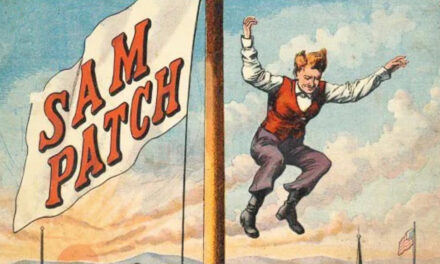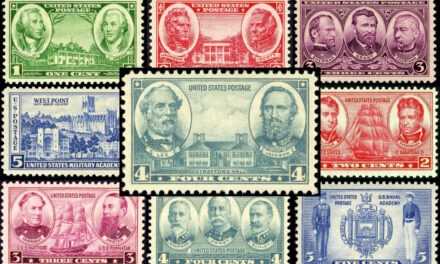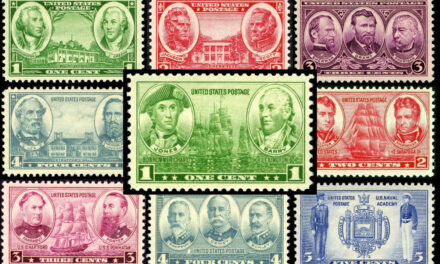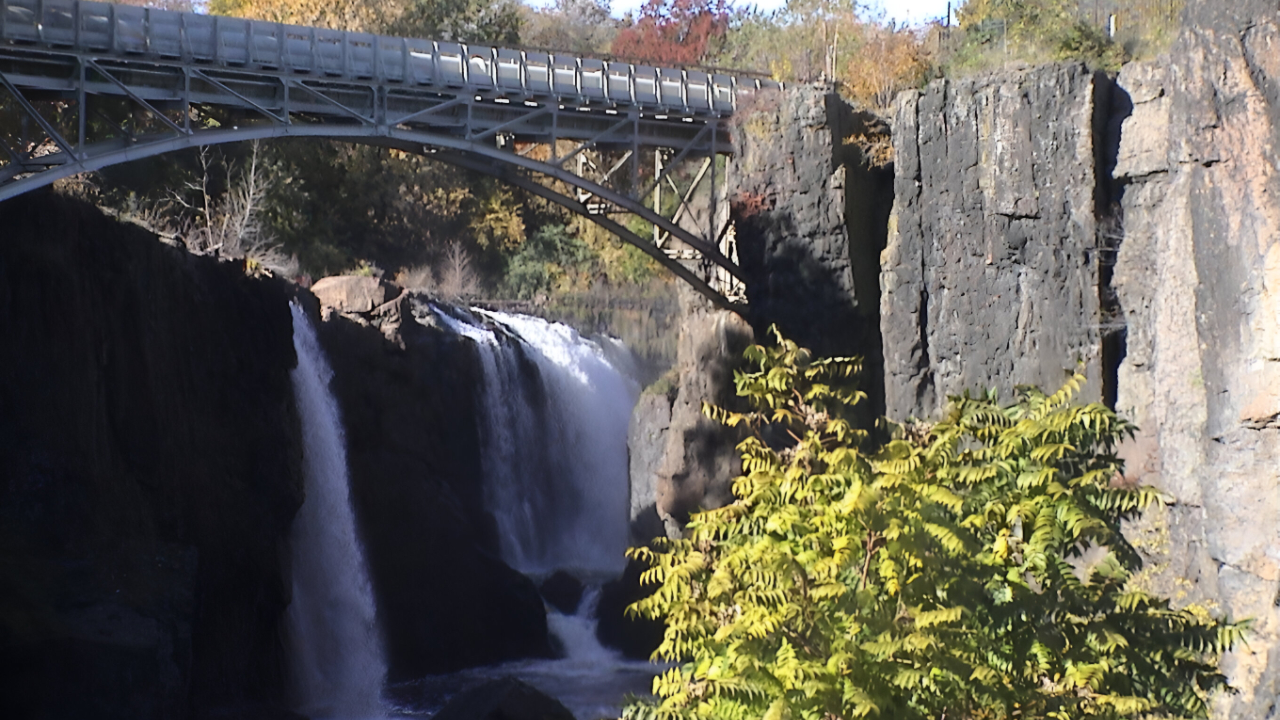
Paterson Great Falls National Historical Park in New Jersey
Paterson Great Falls National Historical Park in Paterson, New Jersey, gives visitors access to striking natural beauty along with a fascinating window into early American urban industrial history. The centerpiece of the Park is the Great Falls of the Passaic River. Also included in the Park is the adjacent historic mill district, whose origins go back some 200 years.
Paterson Great Falls National Historical Park was created on November 7, 2011, as America’s 45th National Historical Park, the 397th unit of the National Park System. A spectacular natural wonder, the Great Falls also played a key role in American history as the engine of the first planned industrial center in the United States. The Park is well worth a visit for history buffs and nature enthusiasts alike.
The Geography and Geology of the Great Falls
The Great Falls is one of the largest waterfalls in the United States, measuring about 77 feet (23 meters) high and 280 feet (85 meters) wide. Every day, two billion gallons (more than 7.5 billion liters) of water pour over the falls—second in the eastern U.S. only to Niagara Falls.
The falls are located near the northernmost point of the circuitous Passaic River, which flows for 80 miles (129 kilometers) from southern Morris County through a varied landscape of marshlands, forests, suburbs, and industrialized urban areas to Newark Bay.
Geologists believe that the Great Falls, as well as the modern Passaic River itself, was formed about 13,000 years ago, at the end of the last Ice Age. Receding glaciers changed the course of the river and carved out the falls, resulting in a dramatic cascade that tumbles over a ridge of volcanic basalt into the gorge and valley below.
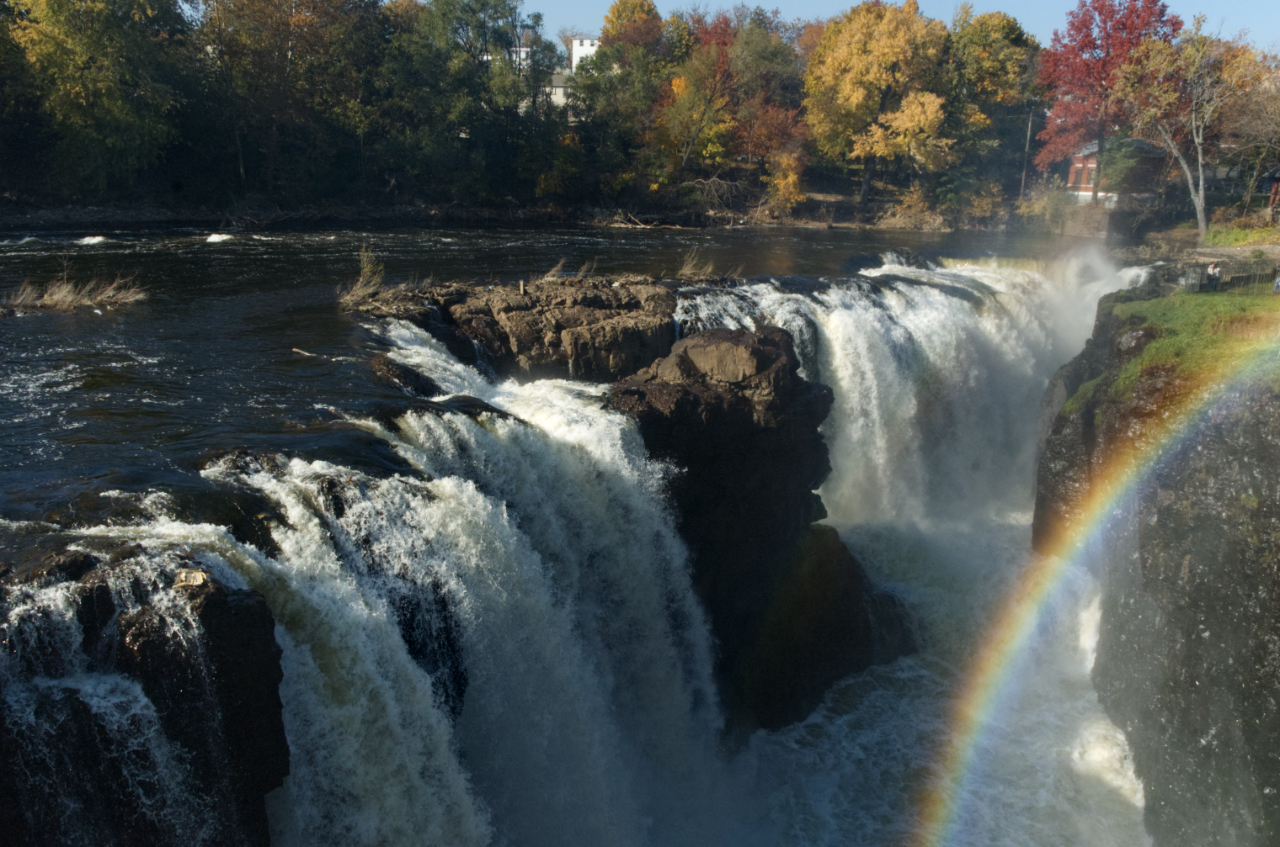
The Passaic River flows into the Great Falls with a rainbow appearing over the cascading water. (Photo by Brian Lokker)
Acquackononk: The Lenape and the Dutch
Before European colonization, the area surrounding the Great Falls was the territory of the Acquackanonk tribe of Lenape Native Americans. They called the falls “Totowa,” meaning “to sink or be forced down beneath the waters.”
Dutch traders and missionaries began visiting the area near the falls In the late 1670s. One visitor in 1680 described the falls as “a sight to be seen in order to observe the power and wonder of God.” By the end of the 17th century, knowledge of this natural wonder had become widespread, and the falls began to attract numerous visitors.
Meanwhile, settlers were establishing farms in the area. In 1685, fourteen Dutch settlers received formal patents to the land in what came to be Acquackanonk Township. Over time, as the land was passed on to the settlers’ descendants in smaller parcels, the economy of the area became more diversified: some residents became weavers, carpenters, and stonemasons, or they operated mills, distilleries, or stores. But the area remained rural and Dutch until the late 18th century.
Alexander Hamilton's Vision: Harnessing the Falls
The transformation of the area surrounding the Great Falls into an industrial center can be attributed to the vision and determination of one man: Alexander Hamilton, the leader of the Federalist Party and the first U.S. Secretary of the Treasury. Hamilton had seen the falls as early as 1788 and envisioned their usefulness as a source of industrial power.
Hamilton believed that the United States could be truly independent only if it reduced its reliance on European manufacturing and developed its own domestic industry. In 1791, he submitted a “Report on Manufactures” to Congress in which he proposed economic policies, including moderate tariffs and subsidies to industry, that he believed would spur the growth of manufacturing in the new nation.
In the same year, Hamilton also worked with a group of investors to set up a corporation, the Society for Establishing Useful Manufactures (S.U.M.), to plan and build an industrial town for the manufacturing of cotton textiles. New Jersey Governor William Paterson approved S.U.M.’s charter, and at Hamilton’s recommendation, S.U.M. purchased some 700 acres around the Great Falls, including the river bed above and below the falls, for the location of this new public-private venture.

This 1905 statue of Alexander Hamilton by Franklin Simmons overlooks the falls. (Photo by Brian Lokker)
S.U.M.’s charter provided for the incorporation of its land as a municipality. The directors of S.U.M. decided to name the new town “Paterson” after the governor, but due to legislative inaction, the area remained part of Acquackanonk until 1831, when Paterson was incorporated as a separate township.
The Growth of Industry Around the Falls
S.U.M. built mills along the river and a system of raceways and water wheels to power them. But textile manufacturing did not flourish under S.U.M.’s management. By 1796, S.U.M. ceased its textile operations. It continued to control the rights to the water of the falls, and it began renting space in its mills to independent manufacturers.
Growth was slow at first, but the British embargo of 1807 and the War of 1812 led to a renewed emphasis on American manufacturing, and more entrepreneurs opened mills around the falls. Unfortunately, the war was followed by a depression, and many of these mills closed. But by the 1820s, the Paterson economy was booming again, and the number of mills doubled by the early 1830s. The mills attracted many immigrant workers, increasing Paterson’s population to more than 9,000 by 1832.
The water of the Great Falls continued to provide power to industry throughout the 19th century, as the raceway system was expanded. The falls powered not only textile manufacturing, but other industries as well.

A remnant of the middle raceway near the Ivanhoe wheelhouse, part of the extensive raceway system built to bring water to the mills around the Falls. (Photo by Brian Lokker)
Guns and Locomotives
In 1835, Samuel Colt built a gun mill near the falls. The next year he received a patent for the first practical repeating revolver, which he manufactured in the mill until 1843.
Locomotive manufacturing came to Paterson in 1831 when Thomas Rogers formed what was to become Rogers Locomotive and Machine Works. Over the next 70 years, Rogers’s company built more than 6,000 steam locomotives—80 percent of the locomotives manufactured in the U.S.—including The General of Civil War fame and Union Pacific’s Engine No. 119, which was featured in the “Golden Spike” ceremony that marked the completion of the first transcontinental railroad in 1869.
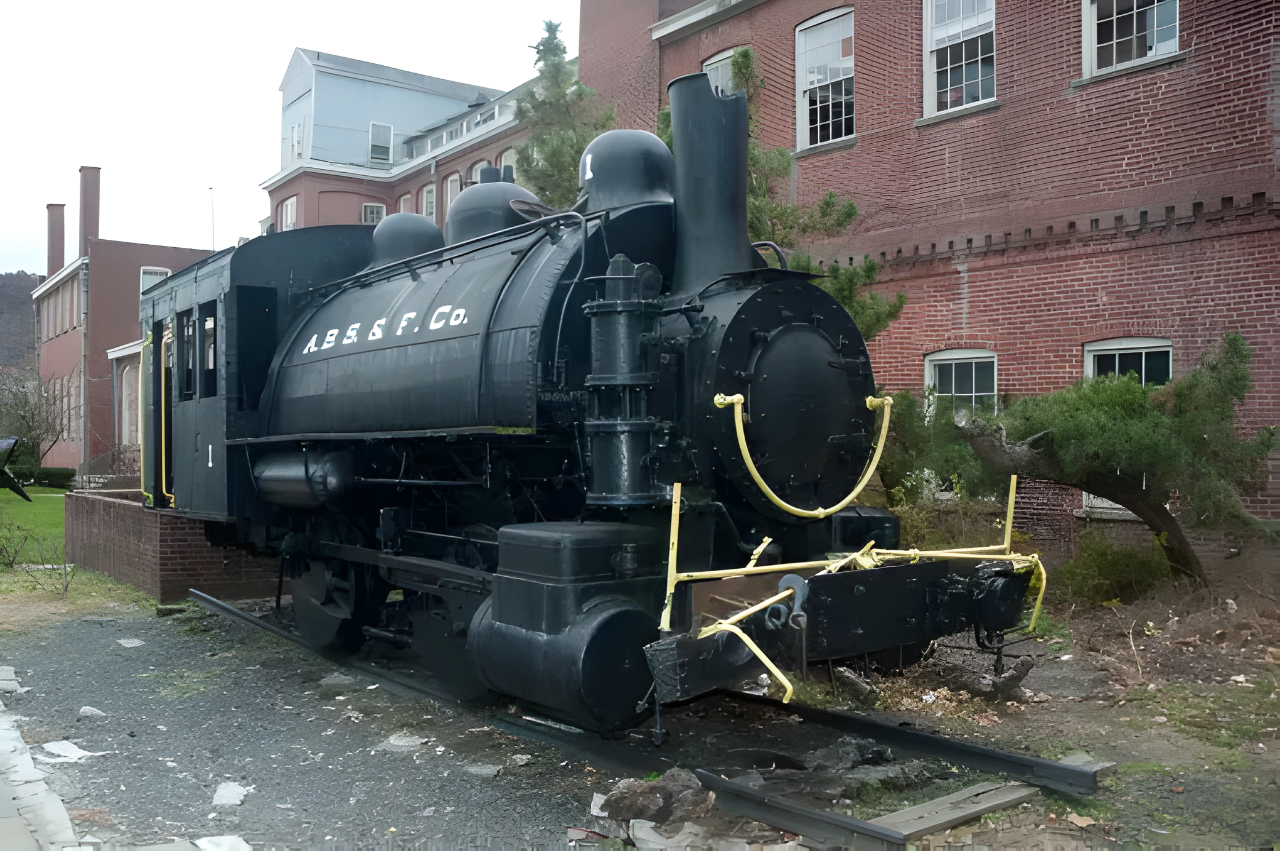
Rogers steam locomotive at the Paterson Museum. (Photo by Brian Lokker)
Silk City
Paterson’s greatest industrial renown came from the silk production industry. In the second half of the 19th century, Paterson became known as “Silk City” and “The Lyons of America” for its dominant role in silk production.
In the 1840s, John Ryle, an immigrant silk weaver from England, started the first successful silk mill in Paterson. Many others followed, fabricating silk ribbons, yard goods, draperies, upholstery silk, and many other silk products. By 1875, there were 32 silk manufacturing companies and five silk dyeing shops in Paterson. By 1900, over 20,000 workers were employed in Paterson’s silk industry.
Central to the success of Paterson’s silk mills and other manufacturing enterprises was the readily available water of the Passaic River and the water power supplied by the Great Falls and S.U.M.’s raceways. Paterson also enjoyed the advantage of proximity to New York suppliers and markets, with convenient transportation by rail, water (the Morris Canal and the river itself), and roads.
Although Paterson’s silk industry continued to flourish in the early years of the 20th century, a decline was on the horizon. Competing silk manufacturers in Pennsylvania and elsewhere began taking a larger share of the business. Labor unrest escalated, culminating in the notorious 1913 Paterson silk workers’ strike that came to be led by the radical Industrial Workers of the World and shut down the silk mills for six months. And finally, beginning in the 1920s, rayon “artificial silk” began to replace silk. Rayon gained popularity rapidly, and the demand for silk plummeted.

The Paterson Silk Machinery Exchange building in the Historic District. (Photo by Brian Lokker)
Bridging the Falls
Although the Great Falls became identified with industry, it remained a popular site for tourists and local visitors because of its natural, dramatic beauty.
In 1827, Timothy Crane, at that time the owner of the property around the falls, had built a wooden bridge over the falls, which he named the “Clinton Bridge” after Governor DeWitt Clinton of New York. Crane also built the “Cottage on the Cliff” on the north side of the falls, where visitors could buy refreshments.
During the festivities marking the completion of Crane’s bridge, a millworker named Sam Patch stole the show by jumping from the top of the falls to the water below. Patch became a jumping sensation and an American celebrity, successfully jumping Niagara Falls as well, before perishing in a jump over the Genesee Falls in Rochester, New York, in 1829.
Two subsequent wooden bridges were built over the falls in the next several decades. John Ryle, the silk magnate, built the first iron bridge over the falls in 1868. A longer iron bridge replaced it in 1888 and remained in place for many years, although pedestrians were barred from the bridge for a number of years beginning in World War I.
The current pedestrian bridge, built in the mid-1980s, is the eighth bridge to span the falls. Unfortunately, at the time of writing, the pedestrian bridge is closed pending replacement. When open, it provides a spectacular, close-up view of the rushing water.

The Great Falls in 'The Sopranos'
The pedestrian bridge over the Great Falls makes an appearance in the hit HBO show The Sopranos, where it's the setting for mob revenge. (Screenshot from 'Pax Soprana,' season 1, episode 6)
Generating Hydroelectric Power From the Falls
As the population of Paterson and northern New Jersey grew, demands on the Passaic River water supply increased and water shortages began to affect Paterson’s mills. In the early 1900s, S.U.M. decided to convert the mechanical raceway and water-wheel power system of the falls to electric power. In 1914, it opened a hydroelectric power plant at the falls, designed by Thomas Edison’s electric company. It also built an auxiliary coal-powered steam plant.
The hydroelectric plant was decommissioned in 1969 but was rehabilitated and recommissioned in 1986. The plant is now operated by Algonquin Power & Utilities Corporation of Ontario, which sells all the electric power generated by the plant to local New Jersey utility PSE&G.
Preserving the Falls and the Mills
Since the 1960s, the Great Falls and the surrounding historic mill area have been the focus of preservation efforts, resulting in the following designations:
- 1967: Great Falls of Paterson – Garret Mountain (10 acres) designated as a National Natural Landmark by the National Park Service
- 1976: Great Falls of the Passaic / Society for Establishing Useful Manufactures Historic District (119 acres) designated as a National Historic Landmark by President Gerald Ford
- 1977: Great Falls Power and Raceway System designated as a Historic Civil Engineering Landmark by the American Society of Civil Engineers
- 2004: Great Falls Historic District adopted as an Urban State Park by the State of New Jersey
- 2011: Paterson Great Falls National Historical Park officially designated, pursuant to 2009 legislation signed by President Barack Obama
If You Visit Great Falls National Historical Park
Great Falls National Historical Park is located about 20 miles from midtown Manhattan and is easily accessible from all points via U.S. Interstate 80, the Garden State Parkway, and other local roads and highways.
There is no admission fee for the Park. Free parking is available on both sides of the falls, at the Great Falls Overlook parking area on the south side of the falls and at Mary Ellen Kramer Park on the north. The Overlook offers a great view of the falls. In 2019, the Park Service added an amphitheater. The pedestrian footbridge over the falls is directly accessible from just outside the Overlook parking area on Wayne Avenue, as well as from the north side. At the time of writing, however, the bridge is closed pending replacement.
The National Park Service offers introductory guided tours. It is also easy to see the falls on your own from numerous vantage points and to walk around the historic district. I recommend the Mill Mile self-guided walking tour produced by the Hamilton Partnership for Paterson in collaboration with the National Park Service. Mill Mile also offers a free audio tour app for both iOS and Android devices.
The Paterson Museum, a partner site of the National Park Service, has exhibits on Paterson’s industrial history, including steam locomotives, Colt revolvers, textile machinery, and more. The museum is located near the falls at the corner of Spruce and Market streets, one block from the Overlook parking area.
To learn more and to get the latest information about the Paterson Great Falls National Historical Park, visit the official National Park Service website for the Park.
Copyright © Brian Lokker 2011, 2023. An earlier version of this article was published on HubPages.com in 2011 and was subsequently featured on WanderWisdom.com.

